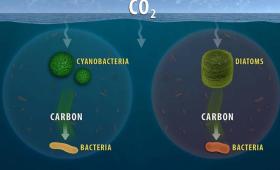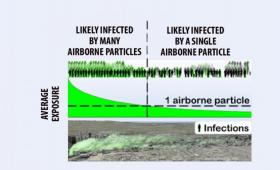A research team directly quantified uptake of complex carbon pools from the two primary sources of marine organic carbon (diatoms and cyanobacteria) by a natural microbial community.
Science and Technology Highlights

Advanced computer models, simulations, and analysis capabilities help scientists zoom in on Earth system processes and improve climate research.

Livermore scientists and collaborators discovered that standing shock waves in the supersonic outflow of gases prevent electric discharges like sparks and lightning from propagating.
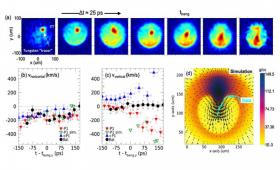
Livermore researchers investigate a “low-mode” laser asymmetry that was significantly degrading performance at the National Ignition Facility.

Livermore scientists have developed a new approach using machine learning to study the phase behaviors of superionic water with unprecedented resolution.
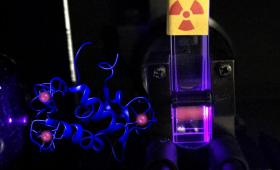
Livermore scientists and collaborators have proposed a new mechanism by which nuclear waste could spread in the environment.
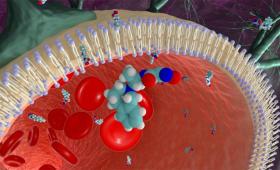
Scientists have developed a new, versatile antidote to counteract exposure to nerve agent poisoning.
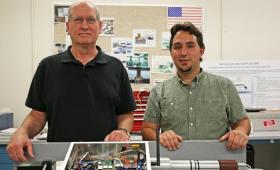
Since the attacks on the nation on Sept. 11, 2001, the Lab has continued to provide expertise in threat and risk assessment, detection of threat materials, and forensic analysis.
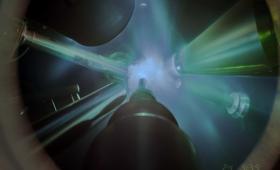
Researchers studied the melting behavior of tantalum at multi-megabar pressures on the nanosecond timescale.


